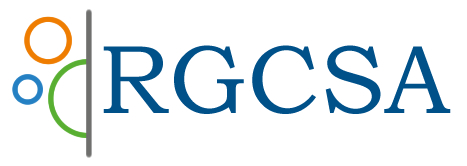Author: Dean, Dr. Geoffrey
Abstract: According to John Addey, harmonic analysis of the Gauquelin trait data reveals the existence of planetary harmonics in the diurnal circle beyond the simple emphasis on key sectors. This result became central to Addey’s dream of a unified astrology based on harmonics. But both the data and procedure are problematic. First, the trait data were not extracted blind and can be shown to contain bias due to Gauquelin’s knowledge of planetary postions during the extraction process. Second, Gauquelin’s own statistical tests were faulty, leading to conclusions that have led everyone astray. Third, the author’s computer simulations show that Addey’s sample sizes are too small, and the sampling errors too large, for his results to be meaningful to the extent required. (The sampling requirements in harmonic analysis are more stringent than in other types of analysis.) Other weaknesses are ineffective criteria for selecting amplitudes, non-independence of traits, sector bias (which creates spurious odd-numbered harmonics), incorrect expectancies, non-uniform expectancies, and subjective follow up. Collectively these weaknesses are fatal. Notwithstanding Addey’s inspiring vision and astonishing labor, it seems that most of his results can reasonably be attributed to artefacts and the rest to Gauquelin bias in trait extraction. The conclusion is drawn that planetary harmonics do not exist beyond the emphasis on key sectors. The same procedural weaknesses apply to Addey’s harmonic work in general, which leaves his harmonic theory of astrology with no secure basis.
Keywords: Gauquelin, harmonics, Addey, key sectors, bias, Character Trait Hypothesis (CTH)
Notes:For a explanation of the theory of Harmonics see “Harmonics in Astrology” by John Addey (1976) Cambridge Circle Press, London, UK
Publication: Correlation: Astrological Association Journal of Research Into Astrology
Issue: Volume 16 Issue 2
Dated: 1997/1998
Pages: Pages 10 – 39
John Addey’s Dream: planetary harmonics and the Character Trait Hypothesis (CTH)
Posted in Free Research Abstract
